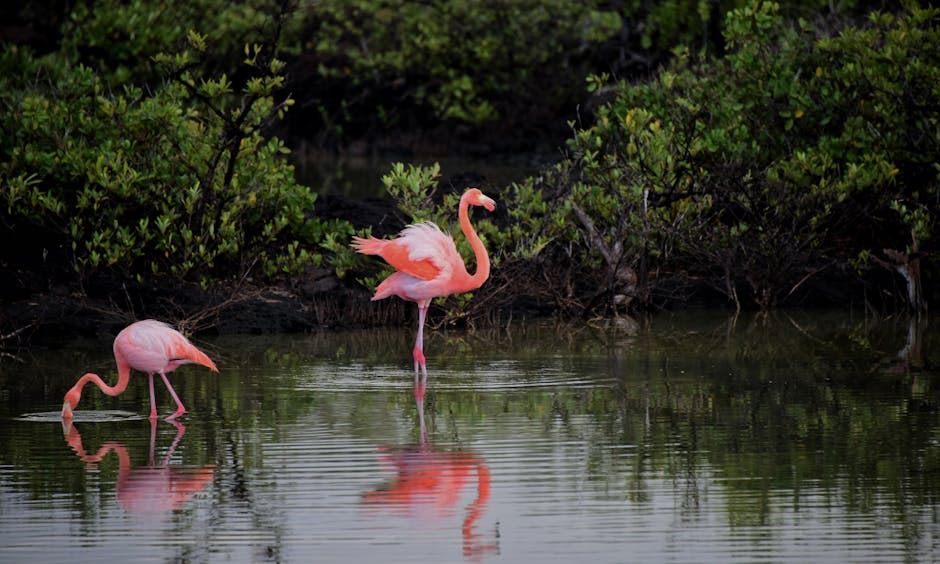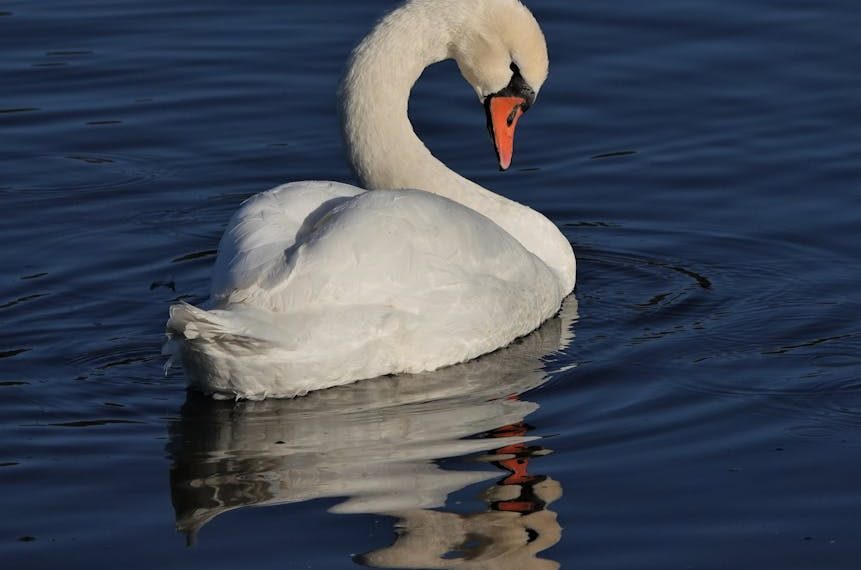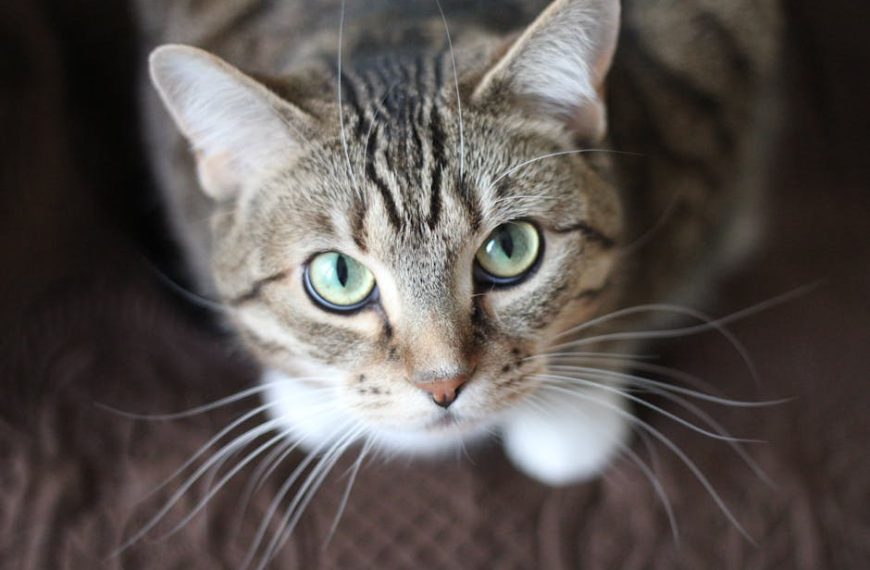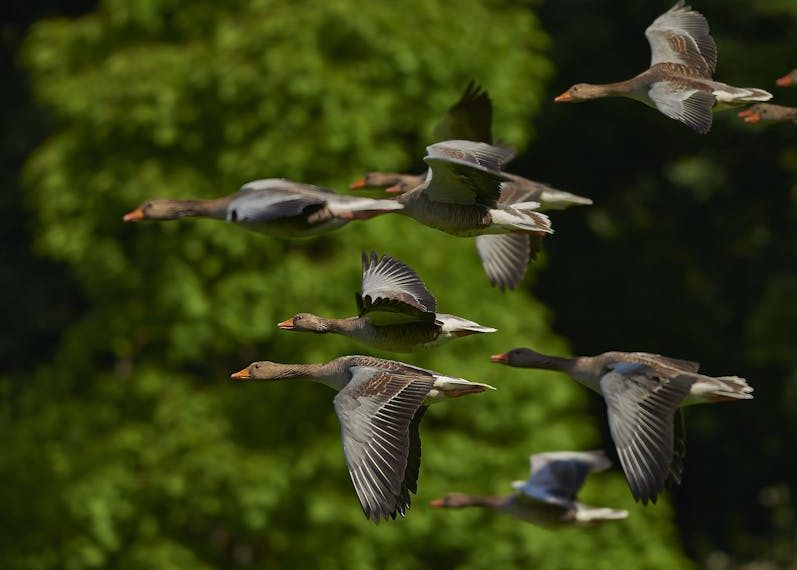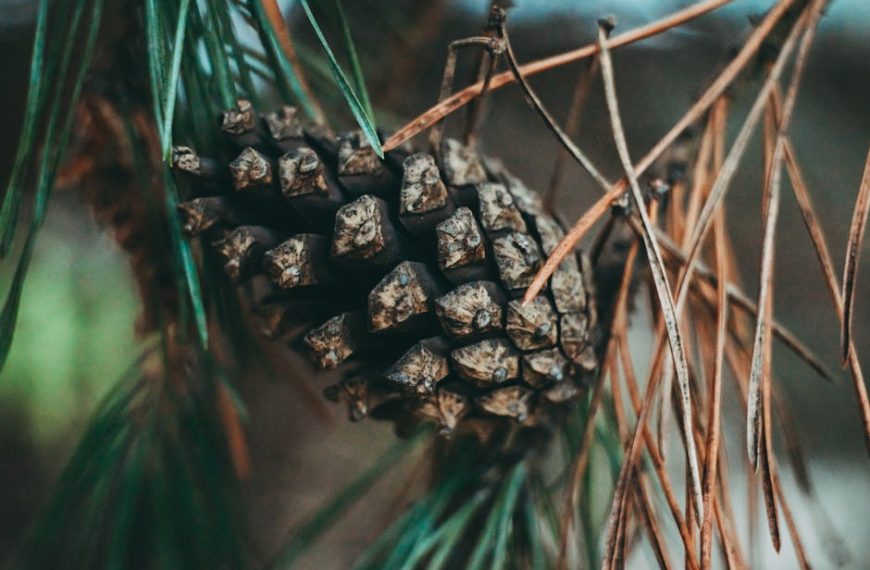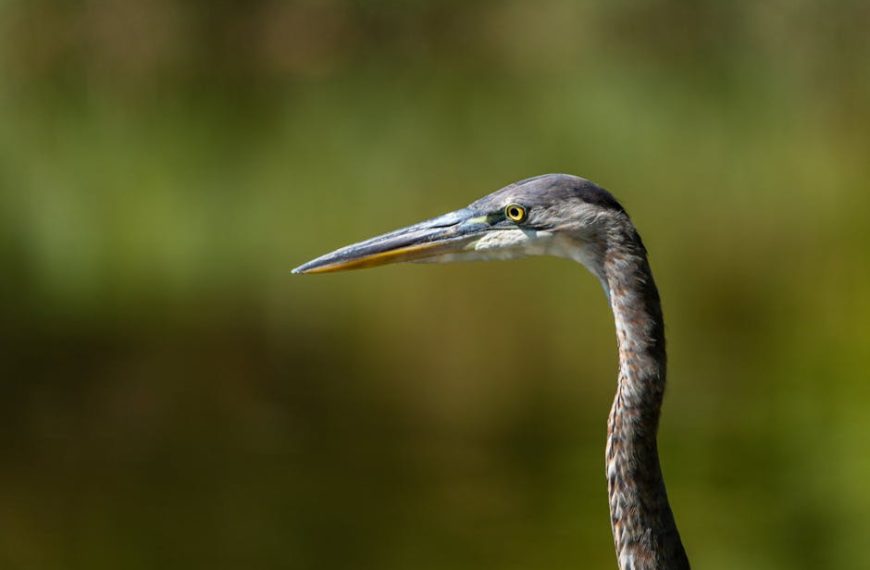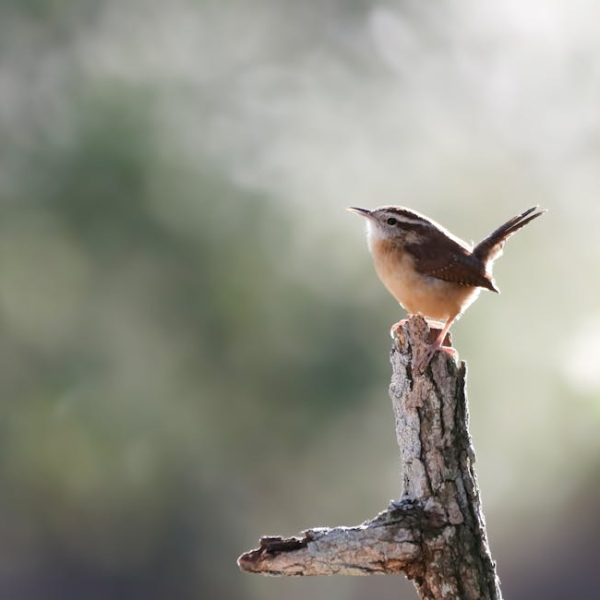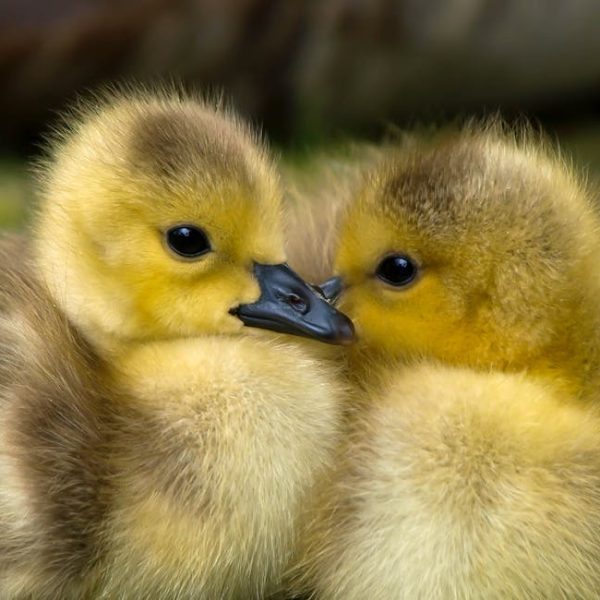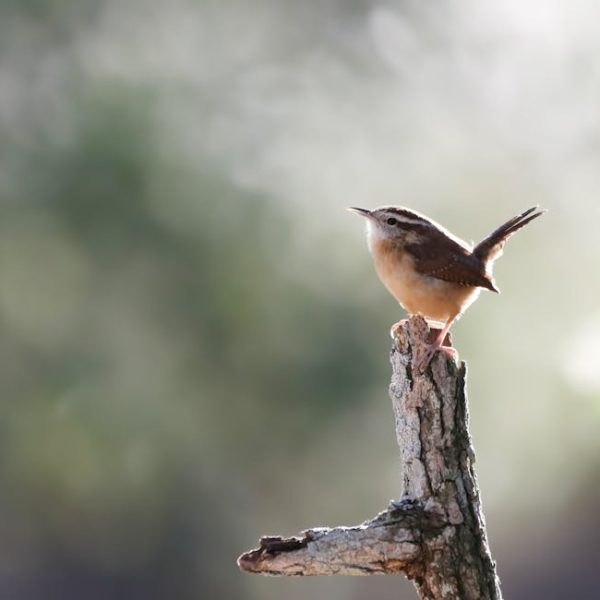Keeping your flower pots pristine and undisturbed can be a tall order when local bird populations view them as a fruitful foraging spot or a nursery to feather their nest. Birds, while delightful to watch, can wreak havoc on your flower pots as they scratch and peck the soil, often dislodging or damaging delicate plants in the process. Let’s explore why the feathered friends embark on such behavior and delve into effective ways to keep them at bay, ensuring your flowers bloom unimpeded.
Understanding Why Birds Dig into Flower Pots
Birds are natural foragers. The small patches of exposed soil in your flower pots often appear as an inviting prospect for them. For birds, garden pots are potential treasure troves, brimming with worms, insects, and seeds—all of which constitute key components of a bird’s diet. Additionally, pots of soil often have small stones or pieces of twig that birds find useful for nesting.
- Common Reasons Birds Dig into Flower Pots:
– Searching for food: Insects, grubs, worms or seeds.
– Collecting nesting materials: Small twigs, stones, or soil.
– Act of curiosity or play: Some birds are naturally inquisitive.
Here’s a useful tip: To understand why birds are specifically targeting your flower pots, keep an eye on what they’re carrying away in their beaks—this could provide valuable clues!
Methods to Discourage Birds from Digging
Several effective deterrent methods can dissuade birds from exhuming your flower pots without causing them any harm. Physical barriers often serve as the first line of defense against these feathered foragers. Options like bird netting, pot covers, bird spikes, or decoy predators can work wonders.
- Physical Barriers:
– Bird Netting: Offers a light yet effective barrier which birds generally avoid.
– Pot Covers: Commercially available or DIY covers prevent birds from reaching the soil.
– Bird Spikes: Deters birds from landing on and around your flower pots.
– Decoy Predators: Faux hawks or owls can scare smaller birds away.
It’s crucial to evaluate the specific birds you’re dealing with when it comes to choosing deterrents. For example, decoy predators might not work for larger birds who are less likely to be intimidated.
Alternative Food Sources for Birds
If the primary reason birds are ravaging your flower pots is in search of food, then setting up alternative food sources can help divert their attention. Creating a corner with bird feeders filled with seeds, supplying nectar-rich plants, or providing a fruit tray might prove attractive enough to keep them away from your flower pots.
- Bird-friendly Food Sources:
– Bird Feeders: Easy to instal and refill, attract various species of birds with seed mixes.
– Nectar-Rich Plants: Attract hummingbirds and other nectar-loving species.
– Fruit Trays: Slices of fresh fruit are loved by many birds, especially in colder months when food is scarce.
Location plays a key role in the effectiveness of this diversion. Placing these sources closer to their nests but far from your flower pots is a strategy worth trying.
Creating a Less Attractive Environment for Birds
Another effective approach is making your flower pots seem like an unappealing destination for birds. Certain plants naturally discourage birds with their scent, texture, or because they don’t harbor the insects birds like. Keeping your garden tidy and minimizing places where birds could hide or perch may also help. If birds are not deterred, you could introduce visual or auditory scare tactics.
- Methods to Make Your Pots Less Attractive:
– Bird Repellent Plants: Lavender, lemongrass, mint, and rosemary.
– Reducing Hiding Places: Regularly trimming shrubs and eliminating perching spots.
– Visual and Auditory Scare Tactics: Wind chimes, reflective objects, or garden spinners.
Remember, though – what the birds don’t like, they may simply avoid. And what scares them today, may not scare them tomorrow, so periodic change in tactics might be needed.
Safe and Humane Tips to Handle Digging Birds
While protecting your flower pots from digging birds, it’s important to use methods that are safe and humane. After all, birds play a vital role in our ecosystem. They’re pollinators, pest controllers and their song offers a beautiful soundtrack to any garden.
- Safe and Humane Treatment Checklist:
– Avoid using toxic substances to deter birds.
– Never harm or disturb nesting birds.
– Use gentle deterrents, ensuring not to cause fear or stress for birds.
Incorporating these best practices will make your garden a welcoming place for birds while still protecting your plants. If digging remains a persistent problem, considering contacting professional wildlife management, who can provide further advice or assistance.
Remember, our gardens are part of the greater outdoors and learning to cohabitate with birds can bring much joy and benefits. So explore these top tips, find what works best for you, and enjoy a harmonious garden with your feathered friends.
Key Takeaway:
- Birds generally dig into flower pots to find food or nesting materials.
- Physical deterrents such as bird netting, pot covers, bird spikes, or decoy predators can be effective in preventing birds from digging into flower pots.
- Providing alternative food sources such as bird feeders, nectar-rich plants, or fruit trays can distract birds from flower pots.
- Making the garden environment less inviting for birds by using bird repellent plants or reducing hiding places can also help to deter them.
- Handling this issue in a safe and humane way helps promote a healthy and harmonious environment for both birds and plants.
While dealing with birds digging into flower pots can feel challenging, remember you are safeguarding the delicate eco-balance of your garden. By implementing the suggested strategies, you can create a peaceful coexistence between your beautiful plants and their winged admirers, leading to your garden’s blooming success.
FAQs
Q: Why is a specific type of bird always digging into my flower pots?
A: Different bird species have varying diets and nesting habits. The bird species in your garden may be attracted to the type of insect, seed, or material available in your flower pots.
Q: I’ve tried many deterrents, but none of them work. What else can I do?
A: Remember that effectiveness can vary depending on the bird species or other environmental factors. You might try combining multiple methods or rotating them to discourage bird habits.
Q: Are there any plants that I could utilize to deter birds?
A: Yes, some plants naturally repel birds due to their scent, texture, or lack of favored insects. These include lavender, lemongrass, mint, and rosemary.
Q: What type of food should I put in the bird feeder to draw birds away from my pots?
A: Offering a variety of seeds, nectar, and fresh fruit can attract different types of birds and fulfill their dietary needs.
Q: My deterrent methods seem to be causing distress to the birds. What should I do?
A: It’s essential to ensure that you’re dealing with the problem in a manner that’s humane and safe for birds. Reach out to local wildlife management or a bird conservation agency for guidance.
Keep this information in mind as you work to create a balanced garden environment. Remember to share the article with those facing similar issues and explore more posts on our website for further gardening advice.
